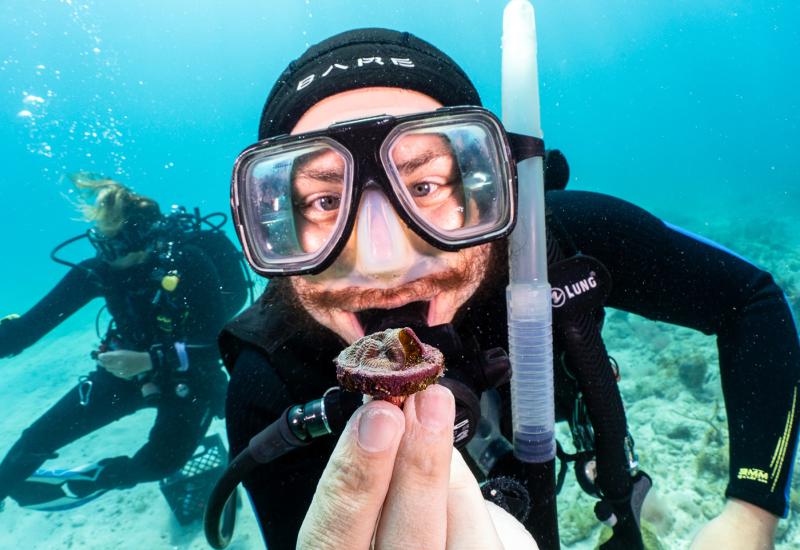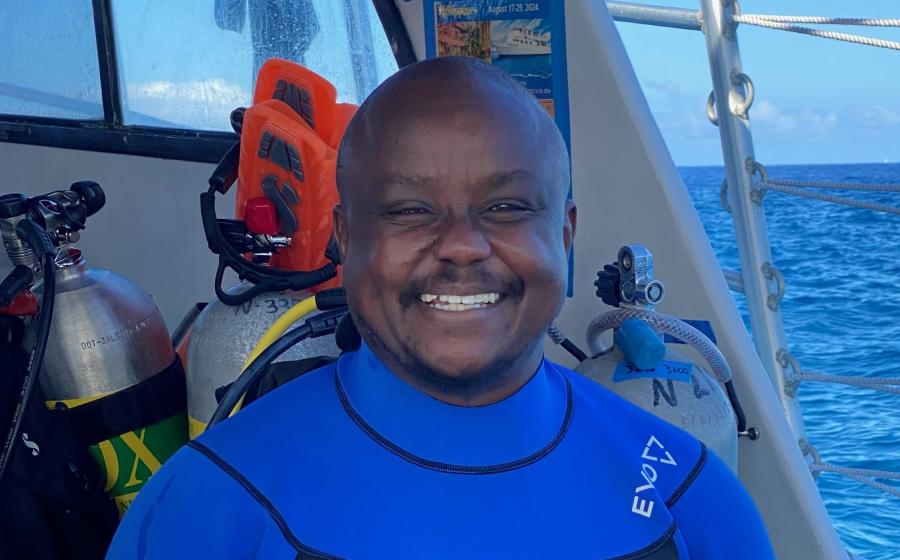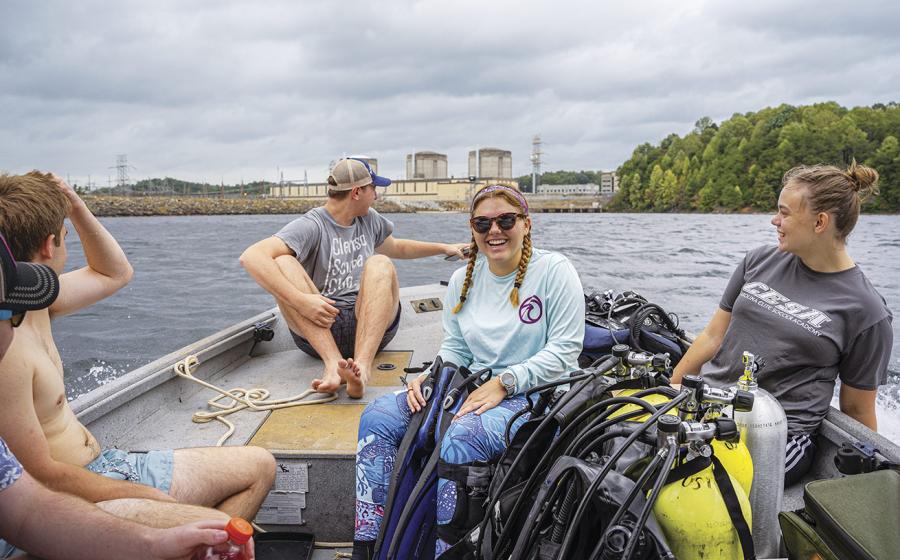Dive Travel Now: What You Need to Know Before Your Spring Dive Trip
Curious about where to dive this Spring or have travel-related questions you want answered? Our dive travel expert, Terry Ward, weighs in each month with the latest topics on scuba diving travel:
Q: What’s your favorite spot for shore diving in the United States?
A: Blue Heron Bridge, a shallow dive in the Intracoastal Waterway near West Palm Beach in my home state of Florida, is a real wonder for macro critters in particular. Photographers love this place. I was diving in Papua New Guinea years ago, marveling at frogfish, when a famous underwater photographer who knew I was from Florida said, “You do know there are frogfish at Blue Heron Bridge too?” The allure of backyard wonders is particularly strong right now. Most divers know about the great diving in the Florida Keys, where most sites are boat-access only.

Suzan MeldonianFlorida’s Blue Heron Bridge is easily accessible and abundant with unique marine life.
But on Florida’s east coast, in spots like Lauderdale-by-the-Sea and Vero Beach, you can access limestone reef ledges and even wrecks right from the beach. Operators such as Gold Coast Scuba in the Fort Lauderdale area and Scuba Works in Jupiter can direct you to some of South Florida’s best shore diving.
Q: Do you travel with any other insurance besides DAN and your regular health insurance?
A: I recently learned about Medjet and purchased a family membership for extra peace of mind on a month-long trip to La Paz, Mexico, with my kids this spring. If you’re hospitalized while traveling more than 150 miles from your home or abroad, Medjet covers global air medical transport to the home hospital of your choice. The family plan covers the insured as well as a spouse or domestic partner and up to five dependent children up to age 19. It felt like a no-brainer to add atop my regular health insurance and DAN insurance, especially since Medjet covers hospitalizations resulting from all adventure activities (including scuba diving) and extends to nearly every country in the world. I also like that the coverage is fully refundable if you need to cancel your trip before it goes into effect. Short-term plans for individuals start at $99, and annual memberships at $295.
Q: With COVID-19 testing now required to get back into the United States from trips abroad, what’s the best way to get a test in a foreign country?
A: Rules are changing often, so check government sources frequently as travel dates approach, but for U.S. citizens returning from popular dive destinations that are U.S. states or territories, such as Hawaii, Puerto Rico or the U.S. Virgin Islands, there’s no requirement to show proof of a negative COVID test to re-enter the continental United States. If you’re coming back from elsewhere overseas, proof of a negative rapid antigen or PCR test taken within three days of your arrival back into the country is now required by the Centers for Disease Control. If you’re wondering how and where to get the test while traveling, Cameron Akins, vice president of Caradonna Adventures, says divers should expect it to vary by destination.
“We’ve reached out to our suppliers to find out their specific procedures and contacted our customers with upcoming trips to relay these details,” she says, adding that some resorts and hotels are offering free or discounted on-site antigen testing while others are directing guests to local testing facilities. “Everything is really fluid,” Akins says. And in changing times like these, having a travel agent in your corner when planning a trip seems more practical than ever.








